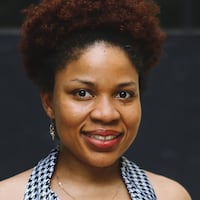With the popular 10-year challenges on social media and the discussion of best elements of the decade, the end of the decade appears to be on everyone’s mind. But is the end of the decade as close as we think?
It cannot be disputed that a decade is 10 years, but a quirk in the calendar system makes things a little tricky. A calendar detail many do not consider is that decades begin with the year ending in the numeral 1 and finish with a 0, according to the Farmers’ Almanac.
So, for the next decade to begin, it should technically start with the next year ending with 1 (2021), and that would mean the “decade end” would be when 2020 culminates.
No “year zero” exists in our calendar system, Craig Callender, a professor of philosophy at UC San Diego who has studied the physics and experience of time, told USA Today.
The lack of a year zero means the only consistent way to measure decades — or centuries or millennia — is to start them in years ending in one: That’s the theory presented in explanations of the debate published by the Farmers’ Almanac and timeanddate.com.
Even with this scientific support, the debate has been stirring in pop culture since 1999. In that year, folks had a debate about when the new millennium began. The Naval Observatory, whose calculations of time influence government satellites and modern cellphones, sparked the debate at the time, according to India Times. The agency's position was that the new millennium began Jan. 1, 2001. That's because the observatory uses a modification of the Julian date to measure time. The modified system is used by astronomers and geodesists, who study the size of the Earth. (The original Julian date begins Jan. 1, 4713 B.C.)
So, which is right?
Unlike daylight saving time, the terms of a decade are not governed by legal guidelines. So, the debate can continue. Mordecai-Mark Mac Low, a curator in the department of astrophysics at the American Museum of Natural History, told the Times: “There are two different ways to designate decades. People want simple answers. But the answer is not always simple.”
About the Author
The Latest
Featured



